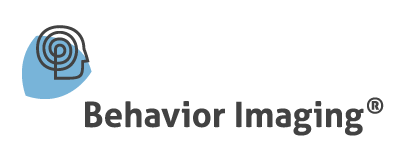About The NIH SBIR Grant
Small Business Innovation Research (SBIR) – Grants for Brain and Behavior Tools
The National Institutes of Health (NIH) Blueprint for Neuroscience Research is a collaborative effort among the NIH Office of the Director and 15 institutes and centers to accelerate the pace of discovery and understanding in neuroscience research.
This Funding Opportunity Announcement (FOA) is affiliated with the Neuroscience Blueprint, with institutes and centers participating independently, and with participation by institutes that are not part of the Neuroscience Blueprint.
Until now, Phase II competing renewal SBIR grants have been encouraged for technologies that would ultimately require federal regulatory approval (e.g., drug development). There are, however, important technologies that would not be subject to such regulation, but that still require extraordinary time and effort to develop. The purpose of this FOA is to encourage applications for competing renewals of existing Phase II grants which are supporting research and development of such technologies. The competing renewal award would provide up to an additional three years of support at total cost funding levels of up to $800,000 per year.
Technologies encouraged by this FOA fall into three broad categories, which are described, below:
1. Complex instrumentation
This is instrumentation comprising several distinct parts that must work together. Very often the goal of such projects is to deliver turnkey products for researchers. For example, high density electroencephalography instrumentation includes electrode arrays, amplifiers, data analytic and data visualization software, etc. Another example is non-invasive near infrared imaging instrumentation, which might include photon sources and detectors, and timing devices for delivering photons, amplifiers, and software. Some high throughput assay systems may fall into this category.
2. Clinical Research Tools
Such tools would include those that are developed for clinical research use that do not require any federal regulatory approval, but still require extensive development in order to demonstrate validity in a diverse population. For example, computerized patient assessment tools for mental health disorders that are sensitive to developmental change, gender and cultural diversity, variation in cognitive and behavioral functioning, hearing and/or speech impairment, and co-morbidity with other disorders.
These tools may include data from blood work, medical history, biobehavioral information, and functional capacity, with the biobehavioral/functional information collected through clinician to patient surveys, clinician to caregiver surveys, patient self-assessment surveys, or a combination of surveys.
3. Behavioral interventions/treatments
Evidence-based behavioral interventions can play a role in the treatment of behavioral disorders. Novel therapies and novel means of providing these types of therapies (e.g., web-based tools) require not only their development, and small efficacy studies, but also extensive, large scale testing to determine the treatments’ true effectiveness across diverse patient populations.
